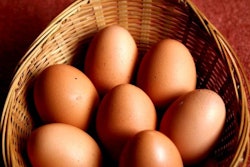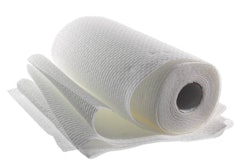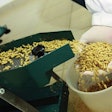
If we were to stop for a minute and think about the future — when it comes to animal feed additives, that is — we can discern four possible scenarios:
1. Nothing will change
This is the most likely scenario, at least for the three to five years of foreseeable future. Under this hypothesis, most feed additives will continue to improve, and perhaps one or two new products will manage to access the markets. The trend towards antibiotic-free production will continue driving the international market for more gut-health additives.
2. New drugs will emerge
It is quite possible the pharmaceutical companies that lost the battle of antibiotics will make a dramatic comeback with some new chemical molecules that will be as effective as the old antibiotics but without their resistance problems. If this happens, within the next five years or so, then the majority of additives that are still attached to the antibiotic-free concept will have a hard time to survive.
3. Genetically-modified animals will be allowed
This is the least likely possible scenario, but not impossible, especially if we give it a 20-plus year horizon. We had the phytase-producing pig, which was not commercialized, but it did prove to the world that we can make animals produce their own additives.
4. Microbes will produce their own additives
It is surprisingly how many drugs and additives are produced today by microorganisms, such as bacteria and yeasts. What if these same additives and drugs were to be produced in the gut by specifically designed microorganisms? Does the world of direct-fed microbials — also known as probiotics — hold the key to our future?


















